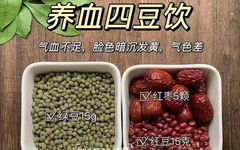The cupping therapy in Traditional Chinese Medicine (TCM) utilizes cups as tools, applying an appropriate amount of lubricant to the rim of the cup and the affected area. By using heat to expel the air inside, a negative pressure is created, allowing the cup to adhere to the skin. The practitioner then moves the cup back and forth over the affected area, causing the skin to become red or congested, which helps in the prevention and treatment of diseases. This therapy has evolved from ancient cupping methods and is a form of cupping therapy, also known as sliding cupping, which is widely used in modern practice.
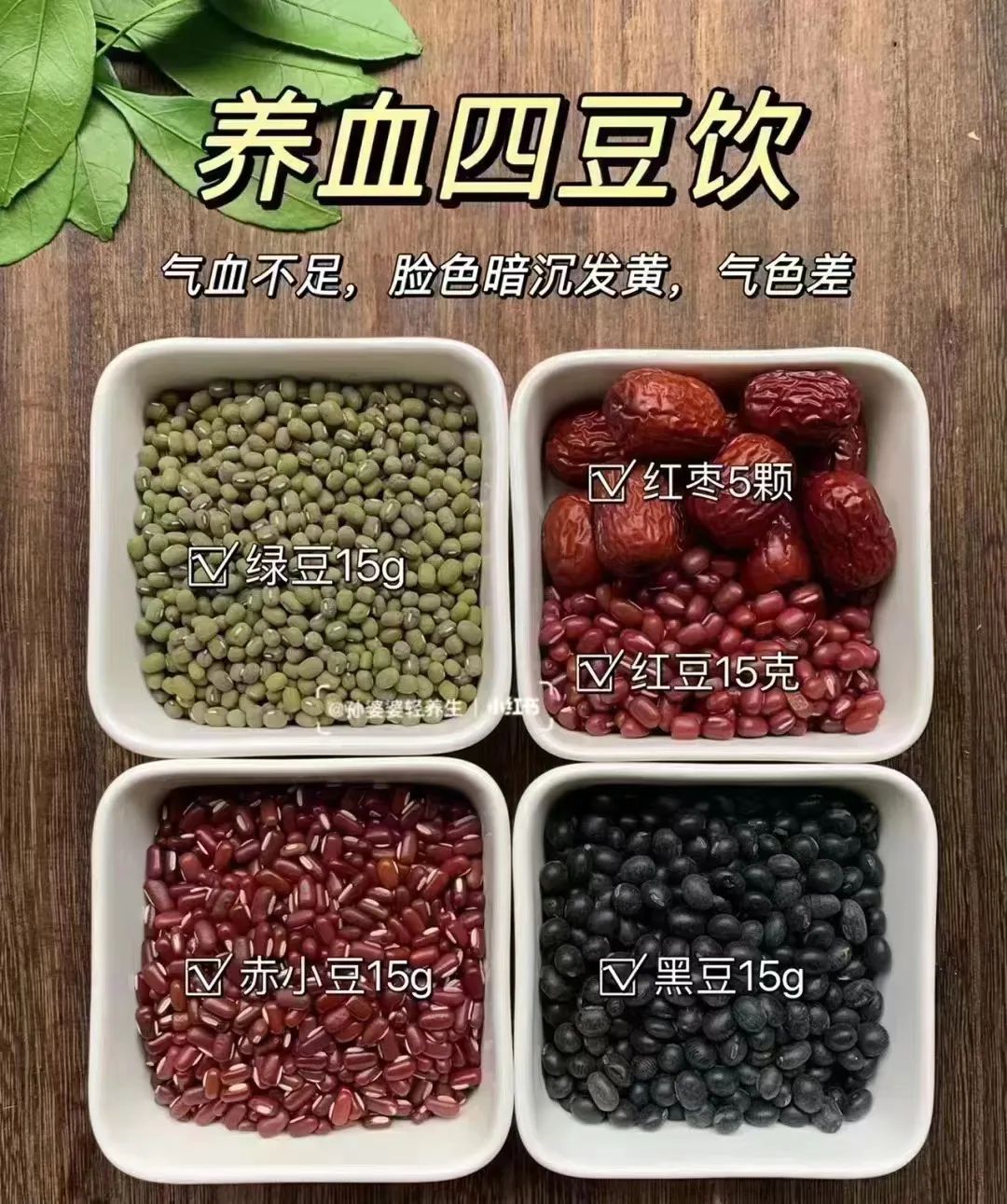
“Operational Method” When performing cupping, first apply a layer of petroleum jelly or similar lubricant on the skin or the rim of the cup, then place the cup on the skin. The practitioner holds the bottom of the cup with the right hand, tilting it slightly, applying pressure to the back half of the cup while lifting the front half slightly. The cup is then moved in an up, down, left, and right direction, or in a clockwise or counterclockwise motion, until the skin at the cupping site becomes red, congested, or shows signs of bruising, at which point the cup is removed. Sliding cupping is a type of fire cupping, also known as push cupping, with a long history and significant clinical efficacy, and is widely applied in modern practice. It uses cups as tools, applying an appropriate amount of lubricant to the rim of the cup and the affected area, using heat to expel the air inside, creating negative pressure that adheres to the skin. The practitioner then moves the cup back and forth over the affected area, causing the skin to become red or congested, which is a traditional TCM treatment method for disease prevention and treatment. Sliding cupping can dispel cold and dampness, unblock meridians, eliminate stagnation, and promote qi and blood circulation, helping to balance yin and yang in the body, relieve fatigue, and enhance physical strength. The main indications include rheumatic pain, low back and leg pain, sprains, stomach pain, colds, coughs, asthma, headaches, and chest and flank pain. When performing sliding cupping, movements should be slow, and pressure should be even. The cup should be tilted to reduce resistance during movement. Additionally, it is advisable to use larger cups with a round, thick, and smooth rim, preferably glass cups. Care should be taken to avoid areas such as the heart region, delicate skin, broken skin, scarred skin, nipples, and bony protrusions.
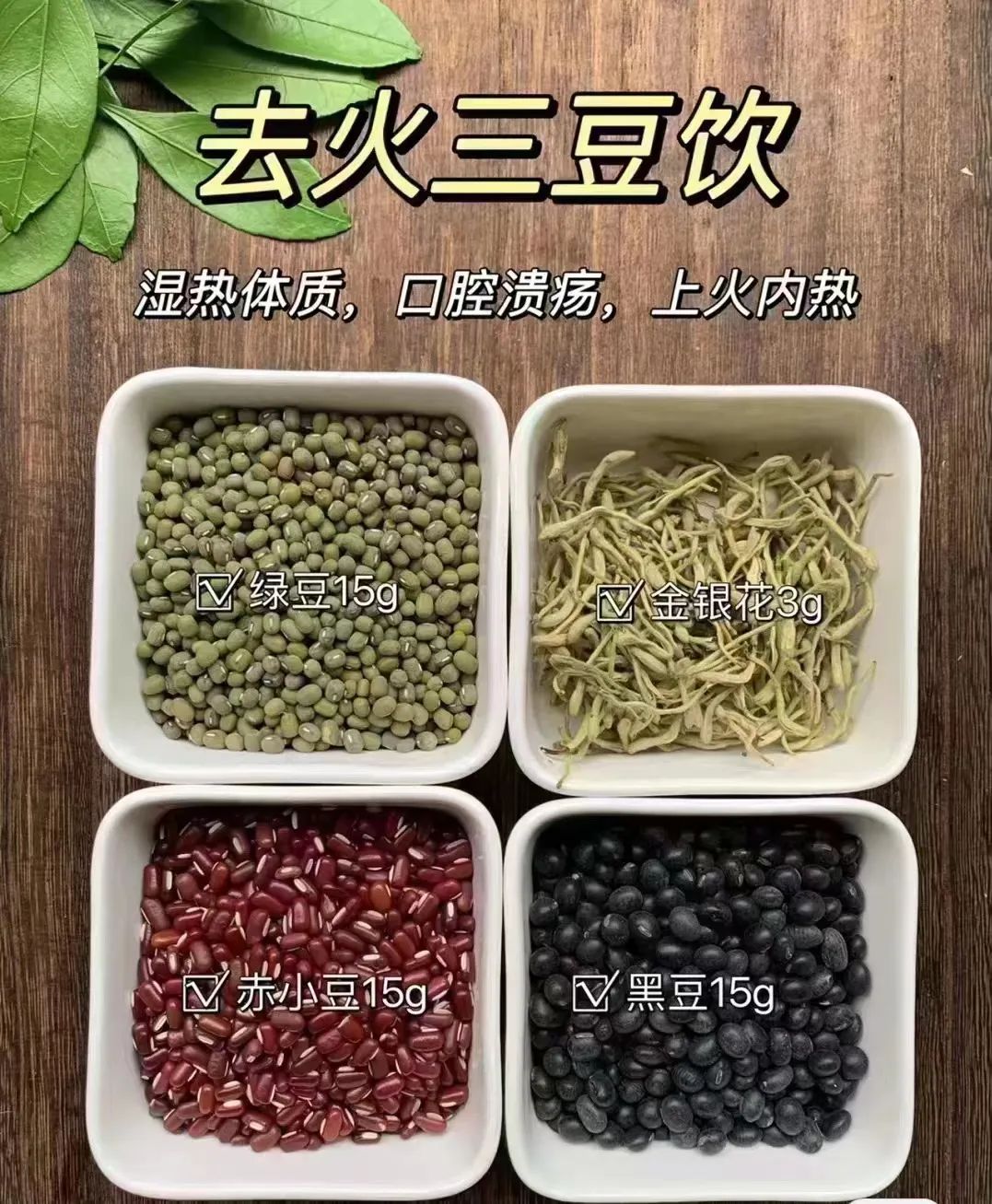
Common sliding cupping methods include the following three types:1. Shallow suction fast movement method: The skin is drawn into the cup by 3-5mm, with a movement speed of about 30-50cm per second, until the skin is slightly red. This method is suitable for the elderly, children, and those with superficial conditions such as peripheral neuritis and mild colds.2. Deep suction fast movement method: The skin is drawn into the cup by 5-8mm, with a movement speed of about 15-30cm per second, until the skin appears red-purple. This method is suitable for various conditions where qi and blood are obstructed and organ function is disordered. The treatment area is often focused on the back, particularly the bladder meridian and back shu points.3. Deep suction slow movement method: The skin is drawn into the cup by 8-12mm, with a movement speed of about 3-5cm per second, until the skin appears dark purple. This method is suitable for chronic cold and dampness, long-standing qi and blood stagnation, and muscle and tendon malnutrition.
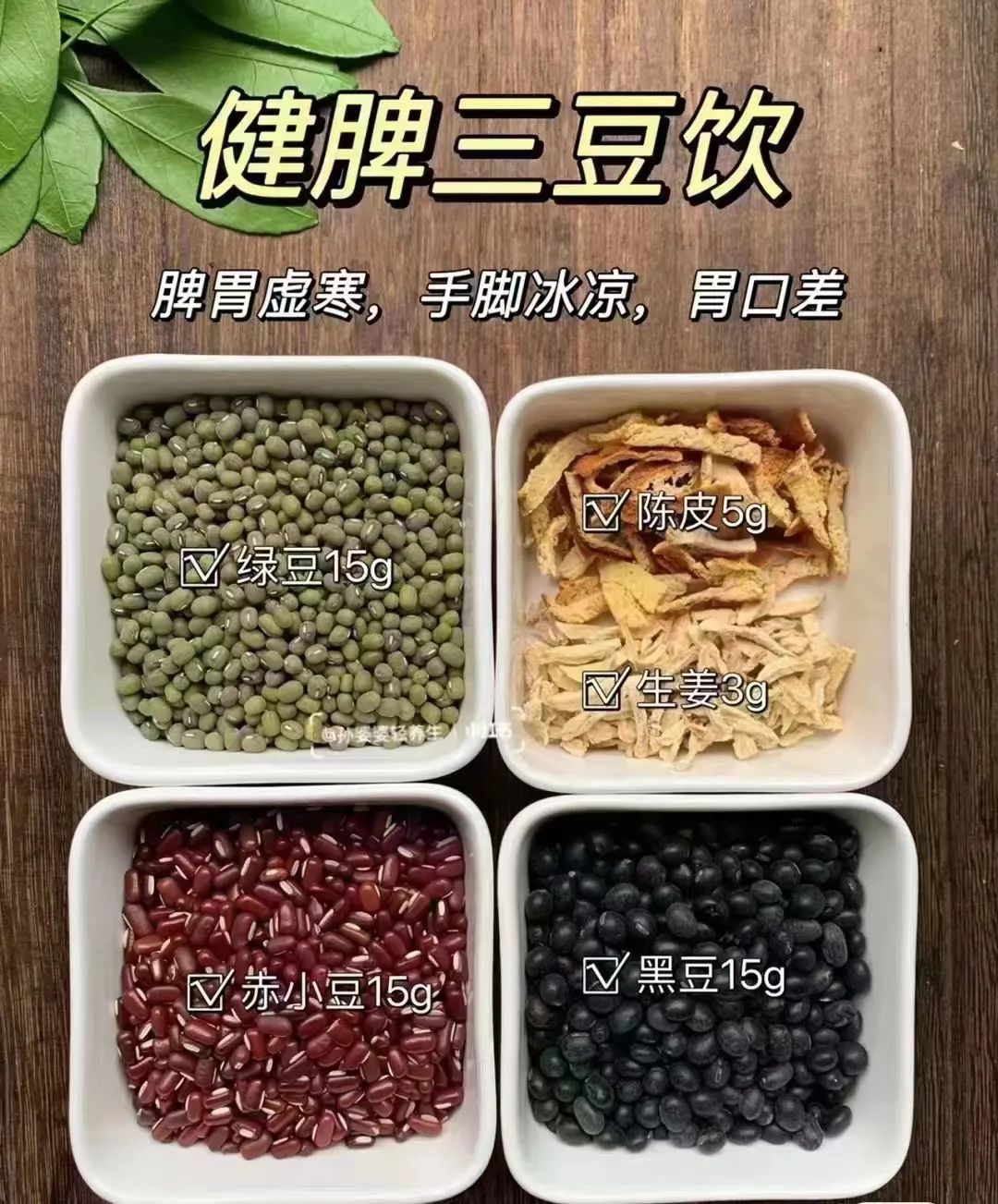
Additionally, vacuum cupping combined with other treatment methods has shown good results. Common combinations include guasha cupping, acupuncture cupping, massage cupping, medicinal cupping, moxibustion cupping, and other cupping methods.
Sliding cupping therapy is generally divided into local sliding cupping and meridian sliding cupping.1. Local sliding cupping: Focuses on the affected area, performing small range up, down, left, and right rotations. For example, in cases of shoulder periarthritis, slow clockwise and counterclockwise movements can be performed on the shoulder.2. Meridian sliding cupping: Focuses on the meridians related to the affected area, performing larger range sliding cupping treatment. For example, in cases of lumbar muscle strain, sliding cupping can be performed along the governing vessel and bladder meridian with up and down movements.
“Contraindications”1. This method should not be used on skin with allergies, ulcers, edema, or in areas with major blood vessel distribution.2. Caution is advised for elderly individuals with multiple health issues.
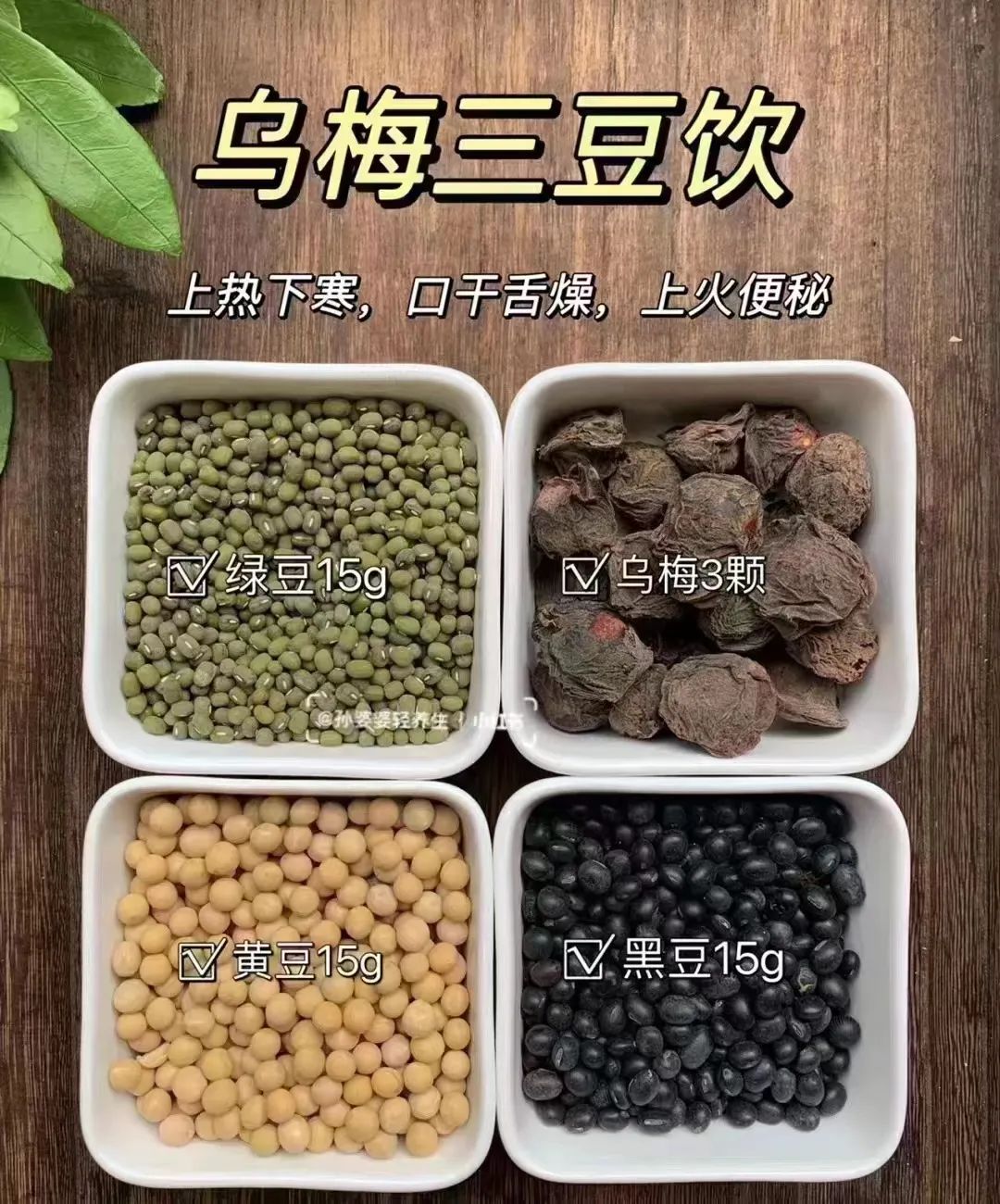
“Precautions”1. This therapy is applied to larger areas with thick muscles. Before sliding cupping, apply petroleum jelly or similar lubricant to the rim of the cup or the skin to facilitate movement and reduce pain; this also helps prevent skin damage.2. During cupping, movements should be slow and pressure even, with the cup tilted to reduce resistance. The back half should apply pressure while the front half is slightly lifted, allowing for smooth movement in all directions.3. It is advisable to use larger cups with a round, thick, and smooth rim, preferably glass cups.Sliding cupping therapy uses cups as tools, applying an appropriate amount of lubricant to the rim of the cup and the affected area, using heat to expel the air inside, creating negative pressure that adheres to the skin. The practitioner then moves the cup back and forth over the affected area, causing the skin to become red or congested, which is a method for disease prevention and treatment.Sliding cupping on the buttocks is a therapy for issues such as low back and leg pain and gynecological conditions. The operational method is as follows: the cupping area is the upper part of the buttocks, approximately at the level of the hip bones, around the huantiao point (环跳穴). First, moxa is applied to the painful area for 20 minutes while tapping, then lubricant is applied, and a large fire cup is used to slide up and down 100 times. The technique should be fast; the faster it is, the less painful it will be, effectively releasing any local stagnation.Sliding cupping can be quite painful; if the pain is severe, it is advisable to perform only a few slides at a time and repeat the process.
Several important precautions should be emphasized:1. Both sliding cupping and guasha are methods to dispel qi; it is best not to perform them in winter.2. Individuals with qi and blood deficiency should use dietary therapy to strengthen their constitution before undergoing treatment.3. Only one area should be treated at a time; do not treat multiple areas simultaneously, as this can harm the body.4. After sliding cupping or guasha, it is recommended to consume half a pound to a pound of shrimp daily for 2-3 days to quickly restore energy. If shrimp is not available, drink red date and longan tea for several days and consume more beef to replenish energy.5. The interval between sliding cupping sessions should ideally be more than a month to avoid harming the body and causing qi deficiency.6. This method should not be used on skin with allergies, ulcers, edema, or in areas with major blood vessel distribution.7. Caution is advised for elderly individuals with multiple health issues.
This therapy is applied to larger areas with thick muscles. Before sliding cupping, apply petroleum jelly or similar lubricant to the rim of the cup or the skin to facilitate movement and reduce pain; this also helps prevent skin damage. During cupping, movements should be slow and pressure even, with the cup tilted to reduce resistance. The back half should apply pressure while the front half is slightly lifted, allowing for smooth movement in all directions.

